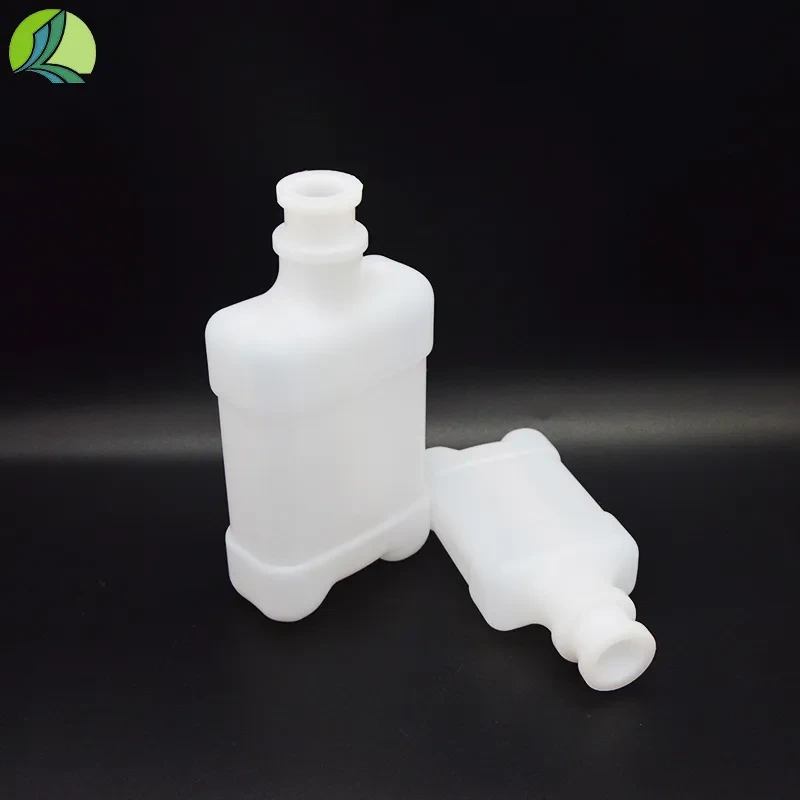types of sample collection tubes
Understanding the Different Types of Sample Collection Tubes
Sample collection tubes are essential tools in laboratories, clinics, and hospitals. They play a crucial role in collecting biological samples for various tests and diagnoses, ensuring the integrity and stability of the specimens. Choosing the right type of tube is vital, as different tests require specific handling, processing, and storage conditions. This article explores the various types of sample collection tubes and their specific applications.
1. Blood Collection Tubes
Blood collection tubes are among the most common types of sample collection tubes. They are usually made from glass or plastic and come in different colors, each representing a specific additive that helps with the blood’s preservation and processing.
- Red Top Tubes These tubes contain no additives and are primarily used for serum testing. They allow blood to clot, and the serum can be separated after centrifugation for various assays. - Lavender (or Purple) Top Tubes Containing ethylenediaminetetraacetic acid (EDTA), these tubes are used for hematology tests, including complete blood counts (CBC). EDTA prevents clotting by chelating calcium.
- Green Top Tubes These tubes contain heparin, a good anticoagulant for plasma testing. They are often used for tests that require plasma, like electrolyte panels.
- Blue Top Tubes These contain sodium citrate, which is another anticoagulant used mainly for coagulation studies, such as prothrombin time (PT) and activated partial thromboplastin time (aPTT).
2. Urine Collection Tubes
Urine collection tubes are used to collect urine samples for various screening tests, including drug tests, routine analysis, and microbiological cultures. They are typically made of sterile plastic and may contain preservatives depending on the test requirements.
- 24-Hour Urine Collection Tubes These are designed for comprehensive testing where urine is collected over a 24-hour period to measure substances that vary throughout the day.
- Urine Culture Tubes These tubes have a specific medium that promotes the growth of bacteria, which is important for diagnosing urinary tract infections (UTIs)
.types of sample collection tubes

3. Swab Collection Tubes
Swabs are used for collecting samples from various body sites, including skin, nasal passages, or throat, for microbiological analysis. The swab is often placed in a specific transport medium that preserves the sample until it reaches the laboratory.
- Nasal/Throat Swab Tubes These come with a specific saline or viral transport medium to maintain microbial viability, often used for testing respiratory illnesses.
- Wound Swab Tubes Designed for collecting samples from infected or suspicious lesions, these tubes help transport the specimen in a medium that wards off contamination.
4. Specialized Tubes
Certain tests require specialized tubes that may include
- Sterile Tubes Used for microbiological testing and other analyses that must remain uncontaminated. They are designed to maintain sterility until the sample is collected.
- Fecal Collection Tubes These tubes often contain preservatives to stabilize the stool sample for microbial studies or biochemical assays.
Conclusion
The selection of the appropriate sample collection tube is critical in ensuring accurate test results. Whether for blood, urine, swabs, or specialized samples, understanding the purpose and proper use of each type of collection tube can help healthcare professionals maintain the integrity of biological specimens. As technology advances, continued improvements in sample collection tubes will enhance diagnostic capabilities, benefiting patient care significantly. Therefore, proper training and awareness of these various types of tubes are essential for laboratory and clinical personnel, ensuring that sample collection is efficient, safe, and effective.
-
Aesthetic Makeup Spray Bottles | Fine Mist Empty RefillableNewsAug.19,2025
-
White Plastic Veterinary Vaccine Vials | Lab Liquid BottlesNewsAug.18,2025
-
Plastic Medicine Liquid Bottle: Secure Flip Top Drug VialsNewsAug.17,2025
-
Durable 250ml Blue Plastic Vaccine Vial for Lab & Vet UseNewsAug.16,2025
-
Sterile Virus Sample Tubes: Secure & Reliable Specimen CollectionNewsAug.15,2025
-
White 250ml Plastic Vaccine Vial for Lab & Vet MedicineNewsAug.14,2025
























